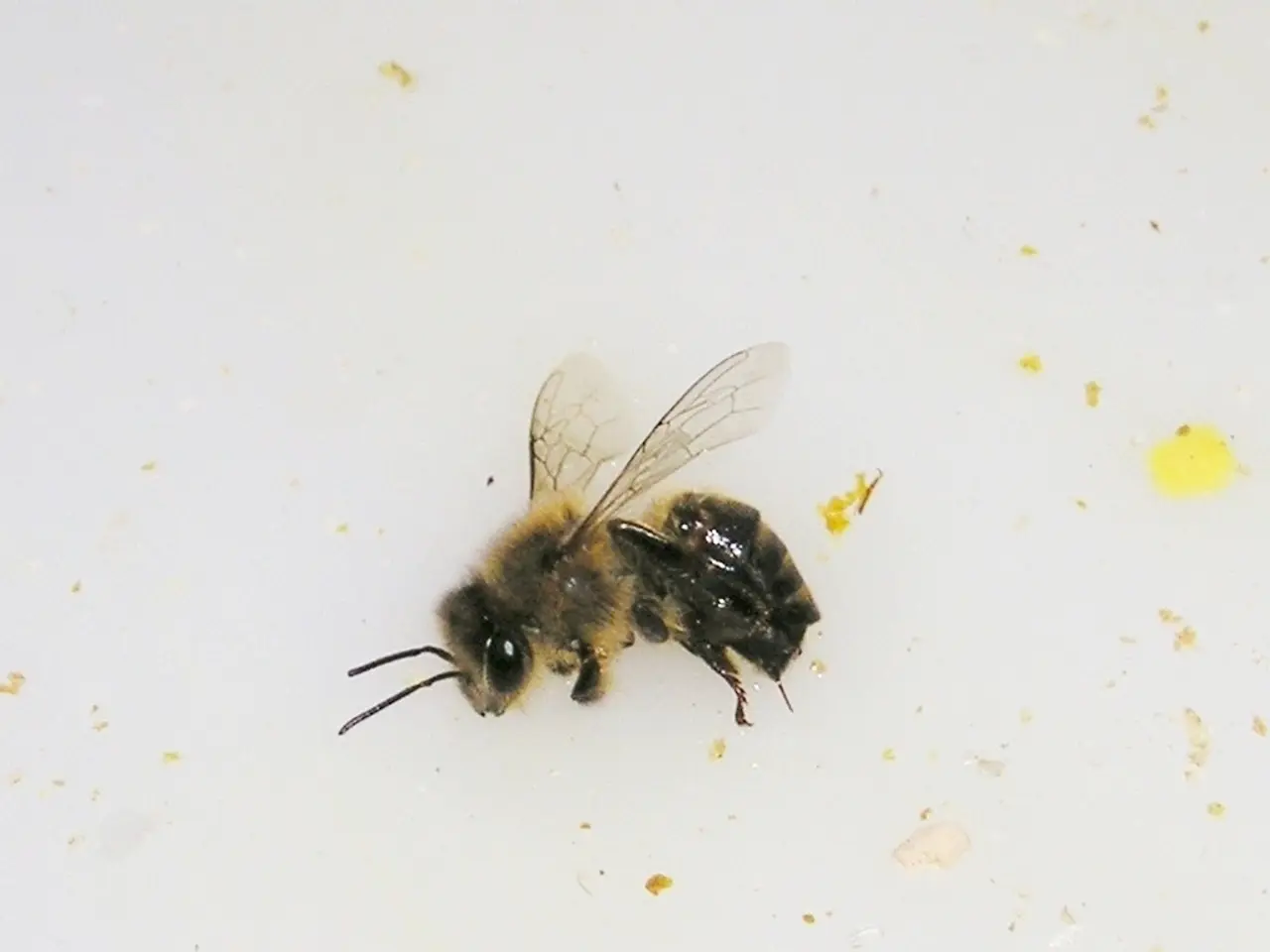Scientists Unveil Wolbachia's Growth Secrets for Better Disease Control
A team led by Elves Duarte and Luís Teixeira has made significant strides in understanding Wolbachia, a bacterium used to combat viruses like dengue, zika, and yellow fever in mosquitoes. Their study, published in PLOS Genetics, sheds light on Wolbachia's growth regulation using fruit flies as a model organism.
The team discovered that Wolbachia's antiviral protection is linked to its quantity at the time of infection. Meanwhile, its cost, or the likelihood of it being eliminated, is determined by its growth rate in adult hosts. This understanding is crucial for optimizing Wolbachia's use in disease control.
Wolbachia, first discovered in 1936, is known for its complex symbiotic relationship with arthropods, primarily insects. Despite extensive research, its genetic composition remains elusive, and it has not been successfully cultured or genetically modified outside its host. The team overcame this challenge by screening over a thousand fruit flies to find new over-proliferative Wolbachia mutants.
The study, with DOI: 10.1371/journal.pgen.1009612, provides valuable insights into Wolbachia's growth regulation. This knowledge can enhance its application in disease control and contribute to fundamental biological understanding. Further research is needed to fully harness Wolbachia's potential.





